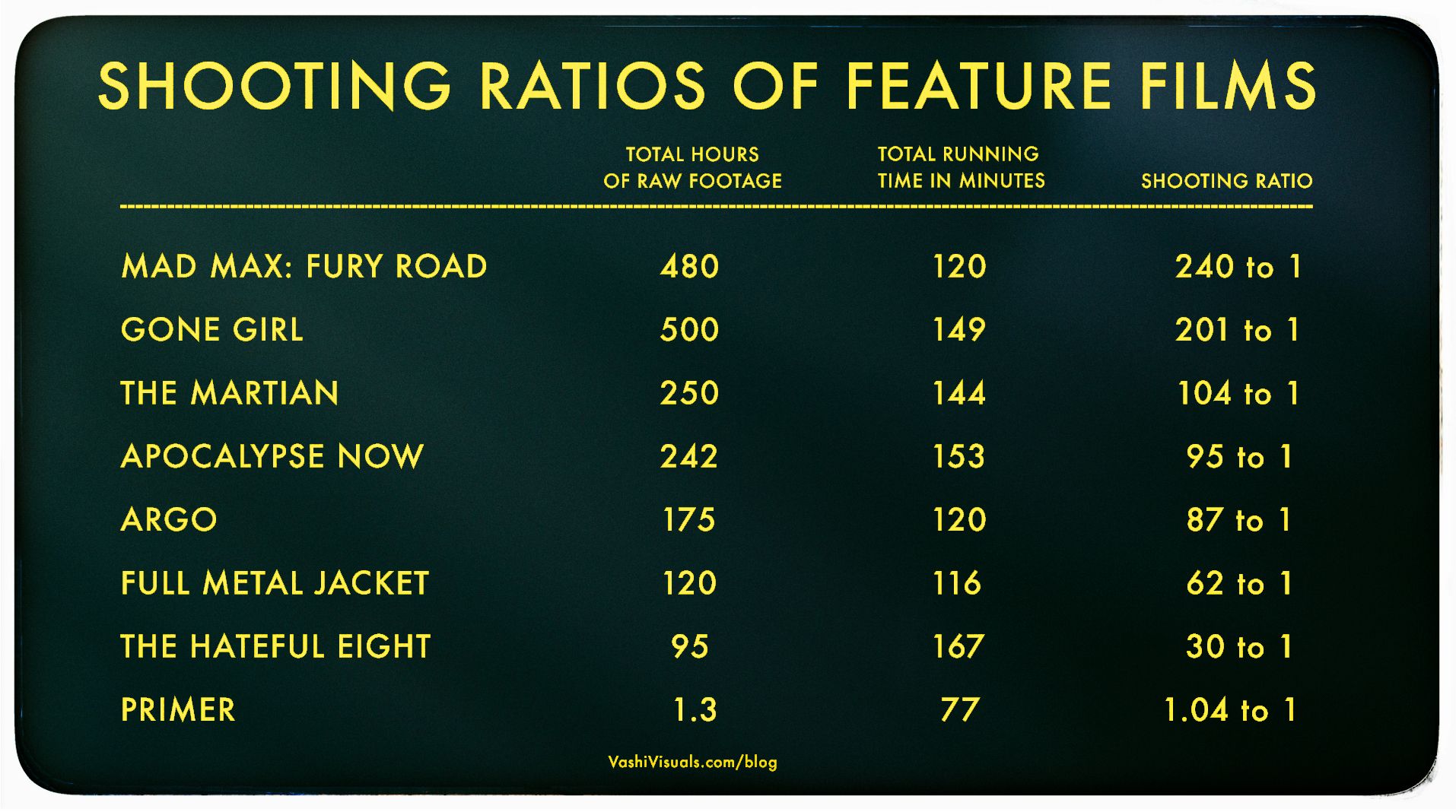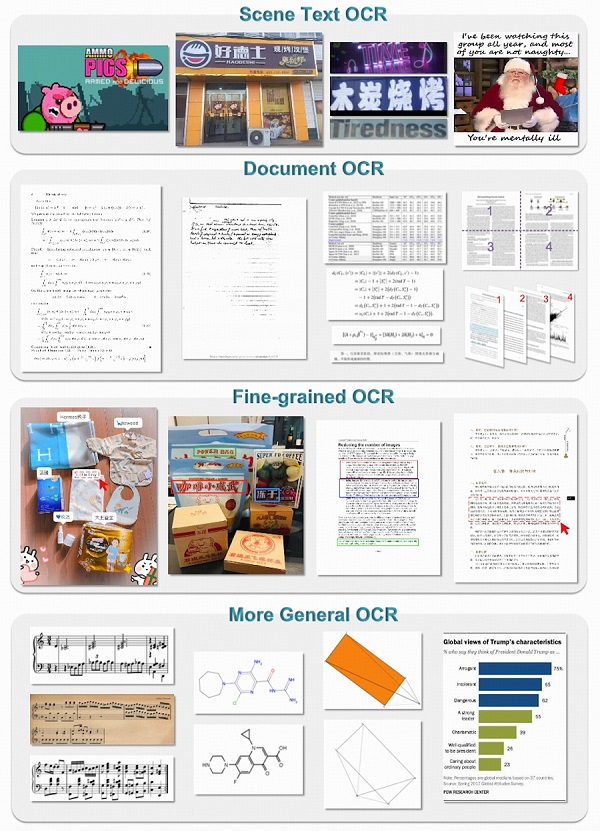BREAKING NEWS
LATEST POSTS
-
ByteDance OmniHuman-1
https://omnihuman-lab.github.io
They propose an end-to-end multimodality-conditioned human video generation framework named OmniHuman, which can generate human videos based on a single human image and motion signals (e.g., audio only, video only, or a combination of audio and video). In OmniHuman, we introduce a multimodality motion conditioning mixed training strategy, allowing the model to benefit from data scaling up of mixed conditioning. This overcomes the issue that previous end-to-end approaches faced due to the scarcity of high-quality data. OmniHuman significantly outperforms existing methods, generating extremely realistic human videos based on weak signal inputs, especially audio. It supports image inputs of any aspect ratio, whether they are portraits, half-body, or full-body images, delivering more lifelike and high-quality results across various scenarios.
-
Conda – an open source management system for installing multiple versions of software packages and their dependencies into a virtual environment
https://anaconda.org/anaconda/conda
https://docs.conda.io/projects/conda/en/latest/user-guide/getting-started.html
NOTE The company recently changed their TOS and this service now incurs into costs for teams above a threshold.
Use MicroMamba instead. -
Vashi Nedomansky – Shooting ratios of feature films
In the Golden Age of Hollywood (1930-1959), a 10:1 shooting ratio was the norm—a 90-minute film meant about 15 hours of footage. Directors like Alfred Hitchcock famously kept it tight with a 3:1 ratio, giving studios little wiggle room in the edit.
Fast forward to today: the digital era has sent shooting ratios skyrocketing. Affordable cameras roll endlessly, capturing multiple takes, resets, and everything in between. Gone are the disciplined “Action to Cut” days of film.https://en.wikipedia.org/wiki/Shooting_ratio

-
General OCR Theory – Towards OCR-2.0 via a Unified End-to-end Model – HF Transformers implementation
https://huggingface.co/stepfun-ai/GOT-OCR-2.0-hf
GOT-OCR2 works on a wide range of tasks, including plain document OCR, scene text OCR, formatted document OCR, and even OCR for tables, charts, mathematical formulas, geometric shapes, molecular formulas and sheet music.

-
QNTM – Developer Philosophy
- Avoid, at all costs, arriving at a scenario where the ground-up rewrite starts to look attractive
- Aim to be 90% done in 50% of the available time
- Automate good practice
- Think about pathological data
- There is usually a simpler way to write it
- Write code to be testable
- It is insufficient for code to be provably correct; it should be obviously, visibly, trivially correct

-
Arminas Valunas – “Coca-Cola: Wherever you are.”
Arminas created this using Juggernaut Xl model and QR Code Monster SDXL ControlNet.
His pipeline:
Static Images – Forge UI.
Upscaled with Leonardo AI universal upscaler.
Animated with Runway ML and Minimax.
Video upscale – Topaz Video AI.
Composited in Adobe Premiere.
Juggernaut Xl download here:
https://civitai.com/models/133005/juggernaut-xl
QR Code Monster SDXL:
https://civitai.com/models/197247?modelVersionId=221829
FEATURED POSTS
-
SlowMoVideo – How to make a slow motion shot with the open source program
http://slowmovideo.granjow.net/
slowmoVideo is an OpenSource program that creates slow-motion videos from your footage.
Slow motion cinematography is the result of playing back frames for a longer duration than they were exposed. For example, if you expose 240 frames of film in one second, then play them back at 24 fps, the resulting movie is 10 times longer (slower) than the original filmed event….
Film cameras are relatively simple mechanical devices that allow you to crank up the speed to whatever rate the shutter and pull-down mechanism allow. Some film cameras can operate at 2,500 fps or higher (although film shot in these cameras often needs some readjustment in postproduction). Video, on the other hand, is always captured, recorded, and played back at a fixed rate, with a current limit around 60fps. This makes extreme slow motion effects harder to achieve (and less elegant) on video, because slowing down the video results in each frame held still on the screen for a long time, whereas with high-frame-rate film there are plenty of frames to fill the longer durations of time. On video, the slow motion effect is more like a slide show than smooth, continuous motion.
One obvious solution is to shoot film at high speed, then transfer it to video (a case where film still has a clear advantage, sorry George). Another possibility is to cross dissolve or blur from one frame to the next. This adds a smooth transition from one still frame to the next. The blur reduces the sharpness of the image, and compared to slowing down images shot at a high frame rate, this is somewhat of a cheat. However, there isn’t much you can do about it until video can be recorded at much higher rates. Of course, many film cameras can’t shoot at high frame rates either, so the whole super-slow-motion endeavor is somewhat specialized no matter what medium you are using. (There are some high speed digital cameras available now that allow you to capture lots of digital frames directly to your computer, so technology is starting to catch up with film. However, this feature isn’t going to appear in consumer camcorders any time soon.)
-
Animation/VFX/Game Industry JOB POSTINGS by Chris Mayne
Chris is now using Google’s Looker Studio (this may better help those that aren’t able to use the filters on the spreadsheet):
https://lookerstudio.google.com/u/0/reporting/2f39b56e-7393-4aa2-9fd5-bf8bf615c95f/page/5koHB
Older format: docs.google.com/spreadsheets/d/1eR2oAXOuflr8CZeGoz3JTrsgNj3KuefbdXJOmNtjEVM/edit#gid=0
For any studios that would like to add positions to this, please feel free to use the following form:
https://docs.google.com/forms/d/e/1FAIpQLSeXziY3GQ8N7bxM-GxwDoZ7AimguHru0105PLVQtNYygswIlw/viewform
-
Free fonts
https://fontlibrary.org
https://fontsource.orgOpen-source fonts packaged into individual NPM packages for self-hosting in web applications. Self-hosting fonts can significantly improve website performance, remain version-locked, work offline, and offer more privacy.
https://www.awwwards.com/awwwards/collections/free-fonts
http://www.fontspace.com/popular/fonts
https://www.urbanfonts.com/free-fonts.htm
http://www.1001fonts.com/poster-fonts.html

How to use @font-face in CSS
The
@font-facerule allows custom fonts to be loaded on a webpage: https://css-tricks.com/snippets/css/using-font-face-in-css/







